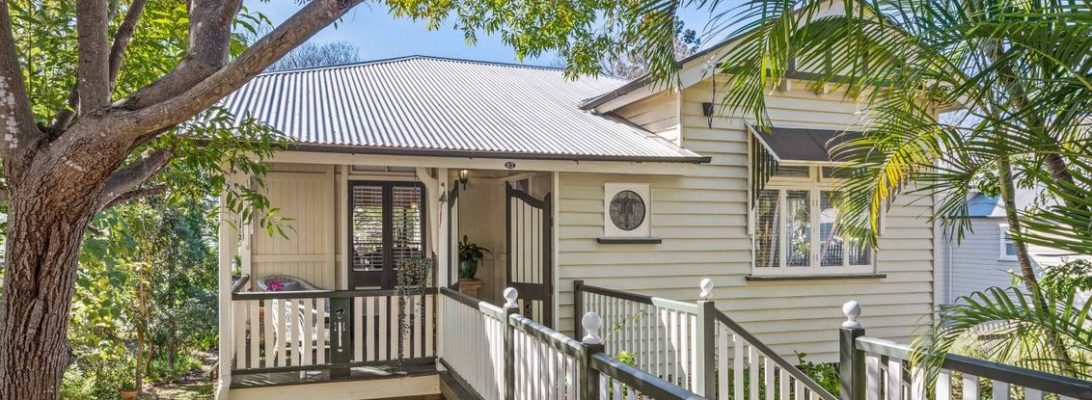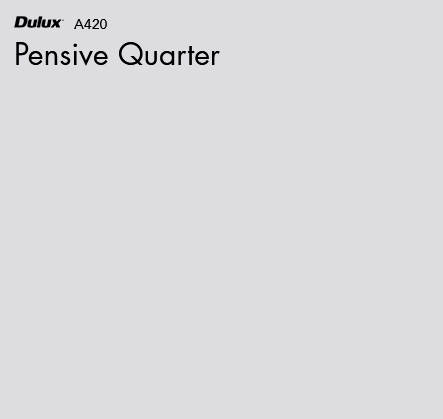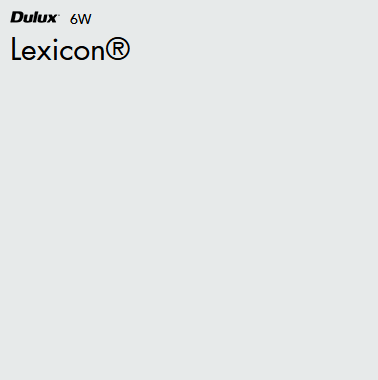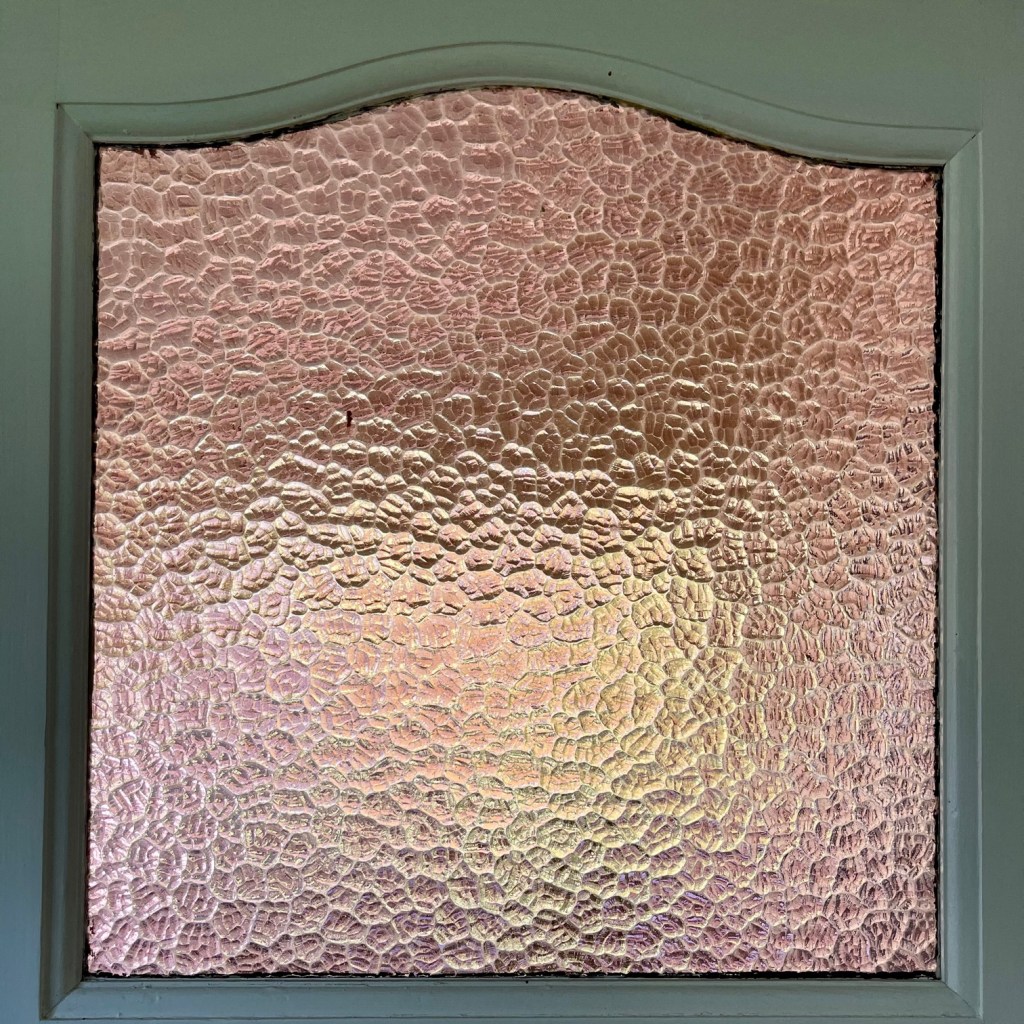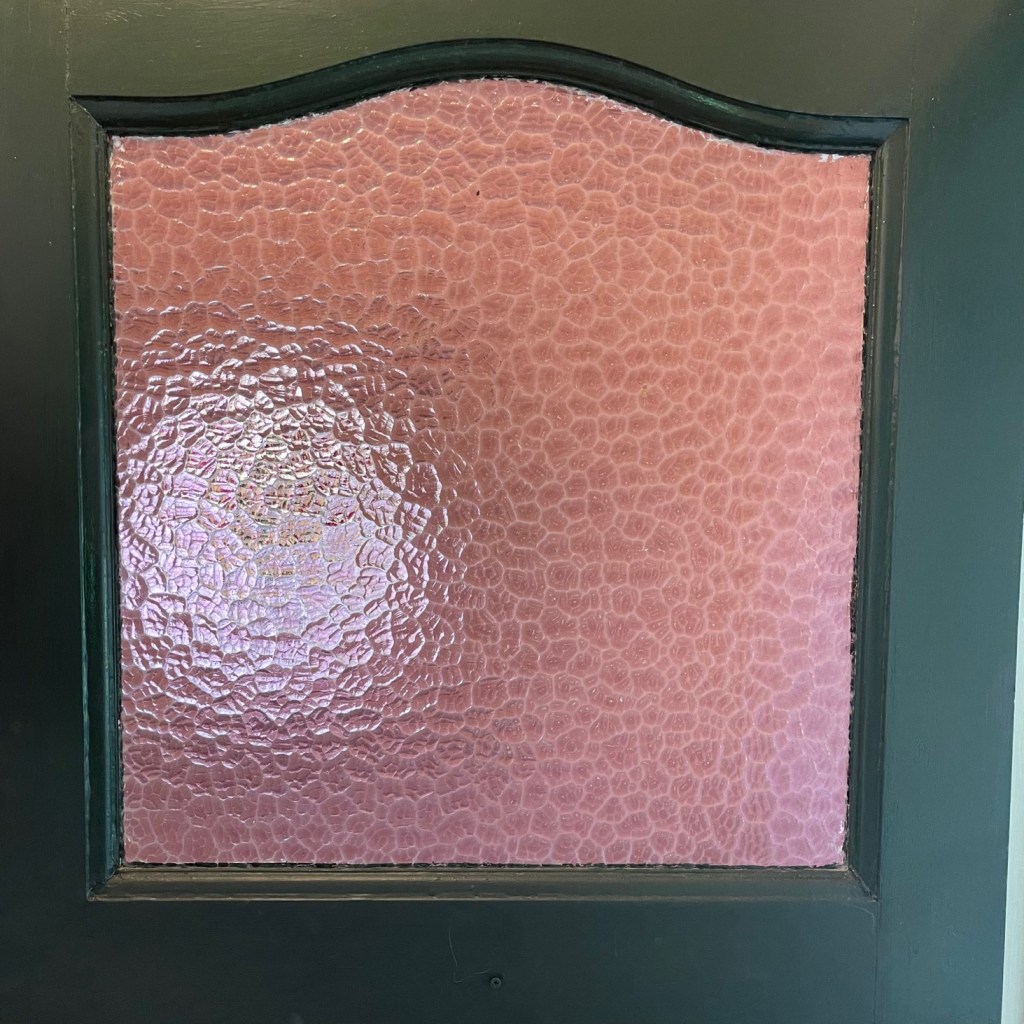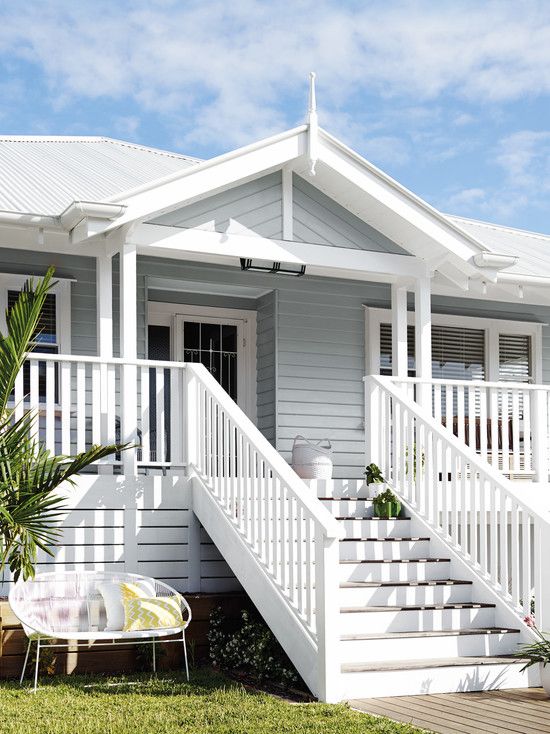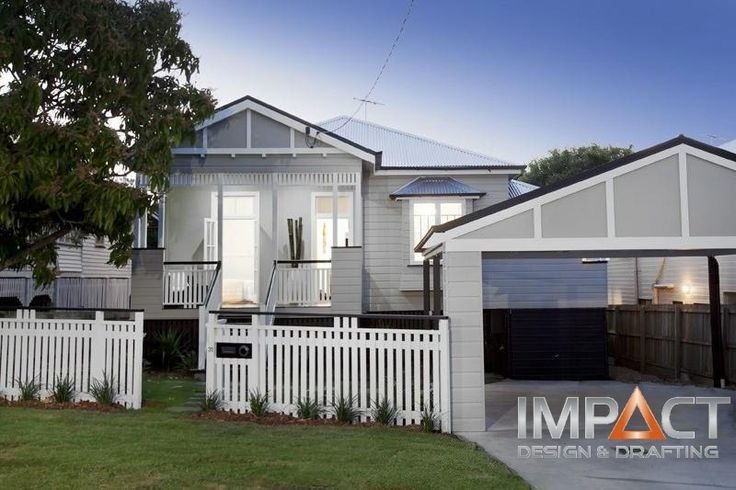Here comes the sun, doo dn doo doo! I write this on the first day of Biden’s US Presidency. The US political system I can assure you has affected every single Australian since late 2016, so Biden and the Democrats getting in is a blessing. So, because this is SO NOT a political blog – I save that for my Facebook rants 😉 I thought I’d talk to you about our new solar electrical system and the ways we are trying to reduce our carbon footprint. I keep going to write solar system, but that’s a little too celestial, dontcha think!
Just over a month ago we had solar installed through GI Energy – a nice little company that gave us a reasonable price, but more importantly, suggested we install our solar panels in the very best roof sections. The sales representative for GI Energy was lovely, very laid back and thoughtful – a touch tired and aged in his late fifties, in truth. So I liked him! He recommended we install 17 QCell 385W panels with 17 Enphase IQ 7A microinverters, with the Enphase Envoy monitoring system:

The two other companies were competitive, but recommended we install our panels in the weirdest way that in the end made no sense given our roof size and orientation. The other company who sent out a rep, sent us a person who was super intense and cheerful and about 20 (to my jaded eyes – she was probably in her mid 30s!), but the product was $1000 more expensive because of doohickey attachment thingies and they couldn’t install until late January. So we went with GI Energy.
See the price on the right of the image in green? That’s the price of solar WITH the Australian Government rebate of $3600. It’s expensive installing solar, okay? Don’t believe the other people when they say they can install solar for only $3000 – the system will be a shoddy, cheap system with very poor installation and poor customer service. GI Energy gave us the option of Hyundai panels, but went with QCells as they have a proven track record and the Hyundai brand are quite new, and again, not available until 2021. Why the hurry, you ask me? Well, we just wanted to start the new year off well, as it has been a shit show 2020. So no reason, really.
Here’s an overview of our savings potential:

We in Australia have a very crap feed in tariff as electricity companies and our stoopid federal gummint try to haul back some money from those who’ve taken the solar plunge. We get pretty poor return on our investment for 7-odd years. But after that, we will have paid off our system (we’re paying up front so this is all somewhat hypothetical) and will start to come out in front. But the financial savings is not what we’re about. I’m going to get a bit climate-y now – look away if you’re squeamish about the climate or money or saving the planet.
We (the residents and custodians of the only planet we live on) have about 9 years to reduce our dependence on fossil fuels and start re-vegetating the planet before we enter slow death by planetary cascade (a cascade is when one thing fails, then another, etc until it reaches tipping point and nothing can stop it: for example flying insects are in steep decline, which will reduce populations of all things that eat them, which will reduce our ability to fertilise crops, which will reduce our ability to feed our populations of all sentient beings, and then death. So, quite a big thing, those insects dying). As one of the 1% world’s wealthiest population – see this website to do your own sums here, hubby and I have a duty to reduce, reuse, recycle, and to DO OUR BIT for the world. The world’s wealthiest people use most of the world’s resources and it’s getting worse:

Oh my god, Australia! The only country to require less than a planet and a half is India, at 0.7, but I do NOT want to live like the average poverty stricken Indian. ANYHOO. What can I personally do to reduce my weighty Australian footprint on the planet? I can install solar, I can drive an electric car/ take public transport. I can drastically reduce my intake of meat products and I can plant a vegetable garden and food plants, I can buy fewer things, I can spend less. I can stop flight travel. I can choose to support companies with excellent carbon footprint emissions approaches. I can reduce my reliance on plastics and fossil fuel.
So we’re starting with solar. This should reduce our footprint a smidge. This is our footprint that I calculated for 2019 (2020 has reduced our footprint considerably), using the following very basic web carbon footprint calculator:

The CNCF website states: “According to the World Bank, in 2019 Australia’s emissions per capita was 24.1 tonnes of carbon dioxide per person – almost five times the global average!” So as individuals we are each contributing more than the average Aussie, which is pretty terrible, and since this was a quick and dirty calculation, I’m pretty sure we use more (my hubby travels business class for work and that adds 16 tons CO2 per return flight – ugh). Now, I did the calcs again, this time with reduced air travel because we’re not flying anywhere overseas until 2022, and changes to our vehicle (we’re buying a hybrid next month), and fewer “events” (I’m not actually sure what these are but I suspect includes things like birthdays, holiday accommodation, shows, parties etc?):

Well, that’s better. By drastically reducing our air travel, swapping out our car and reducing our electricity by half we can get down to a coo-ee of the the planet average (still not great though). I’ve halved the electrical output but I can’t know how much we will be using until we add the hybrid car electricity usage, and when we get the changes to the feed in tariff etc for the electricity. Once batteries are more affordable we’ll probably go completely off grid and reduce our CO2 use even further. We swapped out all our electric lights for LED – there are still several low energy fluoro ones about but as I’ve owned them for years it would be worse to throw them out and start again than just use what we have. We live in QLD so we rarely heat the house (I think this new home will get a little chilly in winter but that’s what jumpers are for), but the days get hot in summer. Luckily that’s when we can use the air conditioning!
The next, and hardest thing to do is change our dietary habits. This is harder than it looks, given that hubby would be perfectly happy eating only meat, potatoes and sweets. How do you change the habits of a lifetime? 😉 Whenever we have anything with mince I always cut it with heaps of veggies or legumes, but we don’t live only on mincemeat. We eat lamb, and pork, chicken and beef, duck and sustainable fish too. It’s the other things that contribute wastage, too. The snack foods wrapped in plastic. Rice, spaghetti, any dried food product is wrapped in plastic. The cans of tomatoes, the shrink wrapped meat, the veggies wrapped in soft plastics. The drinks in hard plastic containers or glass. The condiments in plastic or glass.
Notice I’ve only added 1.4 Tonnes of waste to the mix? That’s because we recycle 95% of our normal waste – I’m not sure if it’s actually happening because I’m a cynic and latest figures on recycling in Australia don’t fill me with confidence, but all our hard plastics, cardboard, glass and metal waste goes in the recycling bin, and we compost 99% of our food and paper waste. We save our soft plastic waste and drop it at Coles or Woolworths’ bin for the Redcycle recycling company. Our normal rubbish – the stuff from the vacuum cleaner (combination of dirt, dust bunnies, dog toy detritus and plastic), thermal paper, small bits of plastic from bottle tops to twist ties, bathroom waste etc, is less than a small waste paper basket’s worth per week. Our normal bin (either with a red or dark green lid) is mostly empty, while our yellow-lidded recycling bin is nearly always full. We’ve had a rather busy few months with lots of new purchases due to our move, and subsequently heaps of waste but I’m hoping that our future spending will be much less. I do prefer antiques to new, so when I buy something new it’s often because we can’t get the vintage option.
The next thing to do will be to reduce our reliance on plastic products. I’ve already swapped out most of our plastic wrap for beeswax cloth covers, or silicone sheets (silicone sticks REALLY WELL to itself and REALLY BADLY to anything else, but I persevere!). It took hubby 10 years to come around to my way of thinking, but he’s here with a vengeance now, bless him! QLD is about to vote on a bill that would ban all single use plastics including cups, straws, YAY, and hopefully ban those awful foam trays that some meats are sold on – they are not recyclable at all. I keep most of the plastic containers that our take away meals come in and reuse them until they break, so they have quite a long life cycle – up to a year or more. I reuse most of the plastic bags our fruit and veggies come in as freezer bags and recycle them once they become too icky to reuse.
In terms of clothing, I have been buying cotton, wool and linen clothes for years, plus now I buy bamboo, tencel and modal clothes because they are all wood by-products and apparently can be recycled too. I can’t actually cope well with polyester and plastic clothing in the heat of a SE Qld summer so this was a no-brainer for me. I guess the hardest part for me is the move from plastic bottles that hold personal hygiene products or cleaning products, to a more sustainable option. I’m always looking for recycled plastic or plastic alternatives. Expensive and boring but worth it.
And finally, our new hybrid car. In February we’re purchasing a new Volvo XC40 Recharge, which has lots of recycled plastic and other materials in it, and the stats on it are impressive. Here’s a picture of our new Volvo: 🙂
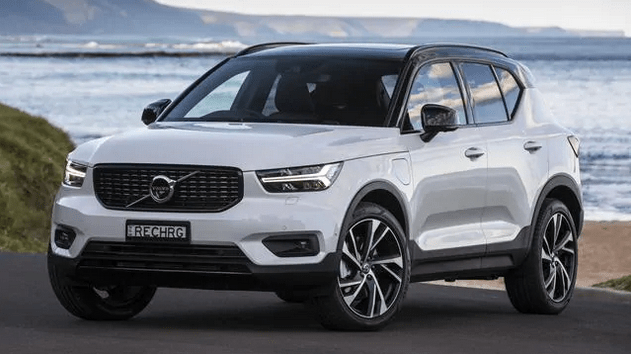
Most of my travel is during the day and I doubt whether I drive more than 40km per week, since I work from home. This means I can drive entirely on the electric engine for all city driving. Now that we have solar the cost of charging the engine should be close to $0 and our CO2 emissions likewise nearly zero.
The next thing I want to do, and I confess I’m a little late getting started as I meant to do this late last year, is to create some vegetable garden beds in the working section of our rather gorgeous tropical garden. I’m not a great gardener, and I have zero experience keeping a garden alive but it’s time now to do this. The previous owner planted the most gorgeous tropical garden and we have so many wonderful birds here, taking advantage of the flowering trees and lovely shade. I’d like to continue her efforts and plant some fruit trees including avocado and another tropical fruit – maybe even a passionfruit vine or two. The birds and bats will love it, as will the insects, possums and other beasties but I think it’s worth it.
If we can grow more things from scratch at home I will finally reach peak Karen smugness, and feel just a bit better about my heavy tread on the planet.
So that’s me saving the planet, one expensive thing at a time.
